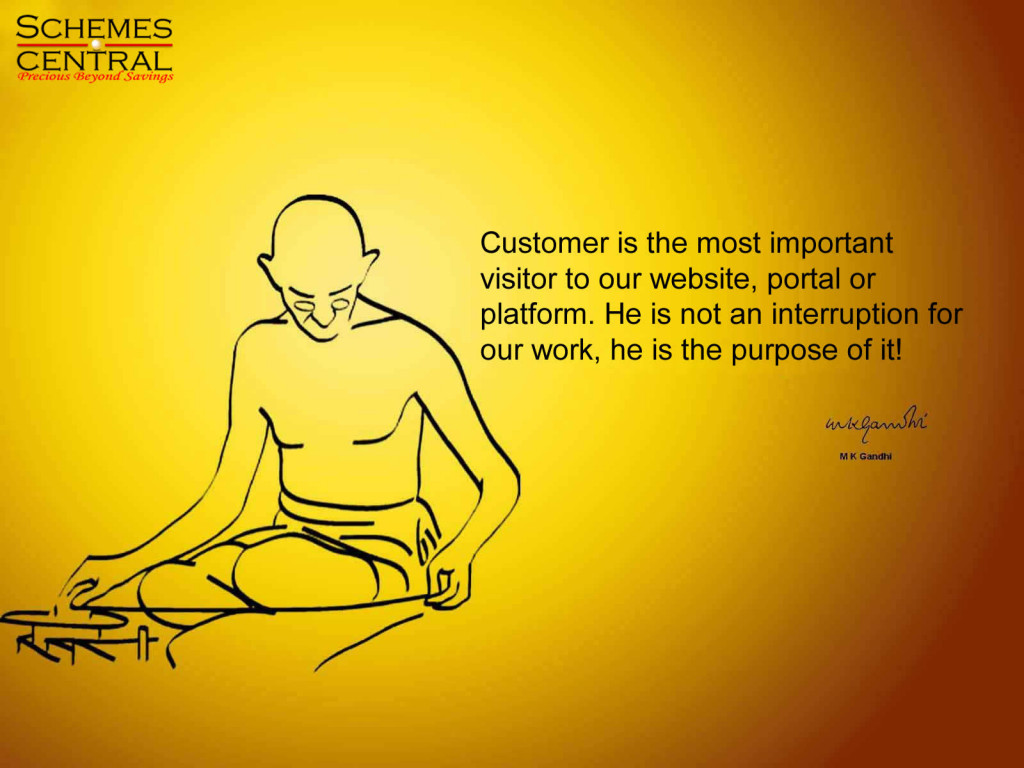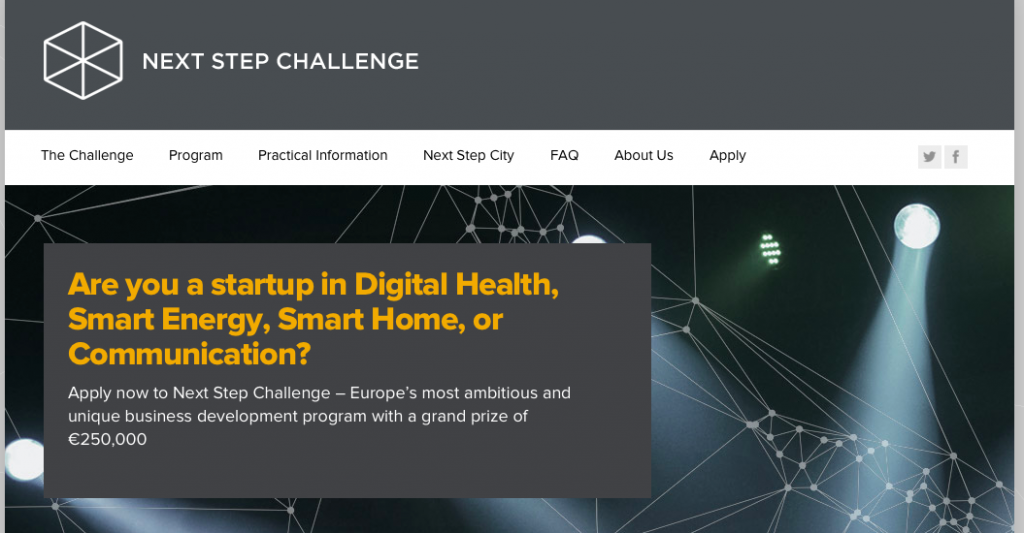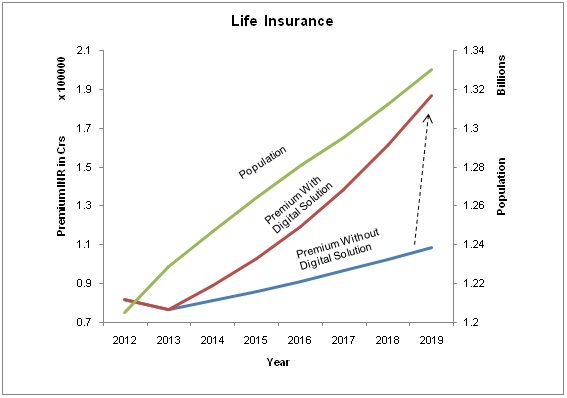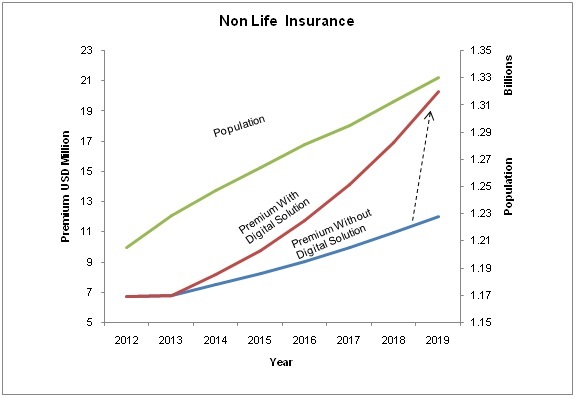The last few years of my time I spent in IBM was in the space of B2B. Here are some of my observations during my consulting and interactions with the B2B companies over the years.
What is B2B?
B2B and B2C are often used terms in the Startup space. Let me begin by explaining these two.
B2C (Business to Consumer) are those companies who have products or Platforms that are used by end consumers like you and me. Most omnipresent examples of B2C companies in our lives are sites like Facebook, Twitter, Snapdeal, Flipkart.
B2B (Business to Business) Startups are those companies who have Products or Platforms that are used by Business or Enterprises. These Businesses or Enterprises could be a Bank or Insurance Company, Manufacturing Plant or a Retail Store, or a Hospital. The Startups in this space may not ring a bell. But if you see the iSPIRT’s InTech50 winners for 2014. They are classic examples of B2B Startups. I am putting up the link for anyone to refer to.
B2B few examples B2B product companies around 14-15 years back would focus on Automating things that were done over paper. I can take the classic example of Enterprise Resource Planning for Manufacturing Industry.
Before the advent of Information technology, all the processes in a Manufacturing company used to done over Documents. Right from generation of Master Product Schedule to Manufacturing Resource Plan, to generation of Purchase requisition and converting that to Purchase order.
The other ubiquitous change we all must have observed is when we walk into the Banks. There was a time when all the accounts were maintained in Registers. For our account statements, they used to give passbooks which would have all the transactions we did with the Bank. I haven’t taken a Passbook for the last 9 years. Thanks to the Core Banking Solutions, Loan Origination Systems, Internet Banking etc now it would be difficult to find Banks where the accounts and the transactions are maintained in registers. We can sit at our home take a view of the Transactions in the Bank we have done in the browsers. The Products for the Banks come from many providers like TCS, Infosys, Oracle, Infrasoft, Finacle to name a few.
As we passed through the years, we see the various Industries, be it Banking, Manufacturing, Retail, Logistics, Insurance, Hospital they have implemented Information technology in at least doing away from the Manual processes. In Banking as I mentioned earlier one has Core Banking Solutions, Payment Solutions, Channels Solutions, CRM applications, Basel II applications etc. Similarly in Insurance one has Underwriting, Policy Administration, Claims Administration, Product Configuration etc. Each of them are a subject in itself and I can probably write a book explaining each of these.
Startups Play in B2B
Now the questions comes is how Startups will play a role in the B2B space. The answer to this is there are always areas to achieve efficiencies in the existing landscape of any industry. Also there are new market to cater to. With advent of new technologies in the area of Enterprise Mobility, Cloud, Internet of Things, Big Data and Analytics, Startups have a great potential to provide solutions in these space in a fast and swift manner. I will take some examples in each of the above areas.
In Banks and Insurance there has been lot of data for them over the past 10 – 14 years. Many Banks and Insurance are looking at making more sense of the Data. For example what is the Product Profitability Analysis, Channel Profitability, Individual Customer Profile, Branch Profitability, Customer Lifetime Value etc.
This would be typically solved using Analytics solutions. How a Bank or the Insurance would typically generate this report is by pushing their Transactional data into a Data warehouse repository using Extraction, transformation and load (generally termed as ETL) tools. And on top of they would have an Analytics Engine. The Analytics engine would get the data from the Data warehouse repository and have it put in its Data Models. From the Data Models the Analytical reports are generated. What some of the B2B companies are doing is having pre build Data Models for a Bank or Insurance company and than having pre built Analytics reports.
These Prebuilt Data Models and Reports would cater to most of the Analytical report requirement for a Bank or an Insurance Company. But they can be also customized depending on the specifics of an organization by tweaking here and there. The advantage a Bank or an Insurance company gets is faster time to go live with the Analytics projects instead of defining the Data Models and the Reports from scratch and than the Technology Implementation partner developing those. Similarly Prebuilt Analytics Solutions can be developed for any other industry such as Manufacturing, Retail, Healthcare etc.
Another example can be extension of Customer Relationship Management (CRM) applications using Mobile Technologies, especially with Location based services of Mobile Technologies.
Imagine if one can create a Customer opportunity in the CRM using his Mobile on his way back to office after he or she has a successful Customer meeting. Or if a Manager is able to figure out how many of his employees have made customer visits location wise in a week or month in a single Dashboard (I know this gets little intrusive).
One more example using the Internet of Things (IOT). This example would be for Utility companies especially Water. Imagine if the Water Utility Provider wants to know how much of Water is flowing across various pipes in a single Dashboard. This is possible by having sensors called Flow meters which detect the flow of water in a pipe and which would be sending the information to a central server using Wire less technologies (could be combinations of ZigBee, GSM). Once it reaches the Central server, it goes into a database from Dashboards can be generated.
Once they have the infrastructure in place, Utilities would be able to detect leakages or theft of waters in their areas. Let me illustrate how this can be done using a simple example. If there is Pipe A supplying water to Pipe B and Pipe C, the sum total of water flowing through Pipe B and Pipe C should be approximately equal the water that has flown through Pipe A. If there is an inequality (Water flown through Pipe A in a day < Water flown through Pipe B in a day + Water flown through Pipe C in a day) one can suspect a Water leakage. This would come as an alert in the Dashboard, which would be actioned by the Utility.
Applying analytics now the Utility can also get historical reports how much of water has been flowing through the various Water networks in the cities. It would be also possible to predict the Water that is required for the coming day based on past historical data. This can lead to better planning of the Utility resources right from figuring how much water should be pumped from the Water reservoirs to the Overhead Tanks depending on the amount of Water present in the Overhead Tanks. There are level sensors (another usage of IOT) which communicate the level of water in a tank to the Central Server.
I would take one last example which illustrates an entirely new customer segment being catered with the advent of technology. I am taking the example of Cooperative Banks. There are still many Cooperative Banks who have not been catered by the Solution providers in the Banking space. There are B2B Startups who are focused in these space. Cloud technologies have helped these Startups in the Economies of Scale to cater to this segment.
The examples mentioned are just scratch in the surface. By identifying a problem statement and finding a solution which is scalable by applying the right set of technologies to it, the possibilities are galore.
As per my observations most of the B2B companies originate with their Founders
- Have experience in the specific Business domains, and they see an opportunity to solve a problem in that domain.
- Have experience as an IT Consultant or Tech Specialist in a specific domain.
- Are in the System Integration space to start with and have graduated to Product or Platform Solutions in a Domain.

IBM has interesting tools and middleware, which can be used by the B2B startups. We are working with some innovative companies in this space. Putting a few names below
- A3 RMT has a solution for remote wireless patient monitoring which would lead to life saving emergency medical response in difficult conditions such as uneven communication networks, unstable power, jerky ambulance journeys etc. These mobile solutions deliver high precision medical parameters e.g. full 12 lead ECG, to any internet connected devices like a low cost mobile phone through which the doctor can remotely monitor a patient in critical condition. Their solution has enabled saving of over 1000 lives. They have integrated with WebSphere Application Server and DB2.
- Ideyeah has a Cloud based offering called opTEAMize for Delivery & Operational Heads of IT/ITeS companies who need to quickly find resources and accurately quote for a project. opTEAMize integrates with existing HR, CRM, ERP & Resource Management Systems of IT/ ITeS companies and aggregates skill, capability, and cost data. And this enables fast decision making through information models and interactive analytics. The product runs on IBM Softlayer and IBM Cloudant and are integrating using IBM CastIron.
- GlobalSinc has a Product called Educube, which is a cloud based collaboration and ERP suite for K-12 Schools enabling collaboration between students, teachers and parents, streamlining the business processes for schools such as Fees Automation, Payroll, Admissions, HR, performance and assessment of Students, knowledge management for teachers, teacher effectiveness monitoring with advanced Business Intelligence and Analytics tools. They are integrating with IBM Cognos BI.
We also do some interesting stuff in the B2B space. We are launching a competition for B2B Startups, the first of its kind by a Corporate in India. If you are a B2B Startup, less than 5 years and privately held. You can apply to the competition by becoming a Global Entrepreneur Program member. There is a bouquet of prizes for the winners. The details are in the website ibmgepindia.com.
Guest Post by Radhesh Kanumury, Country Lead, Global Entrepreneur Program, IBM.
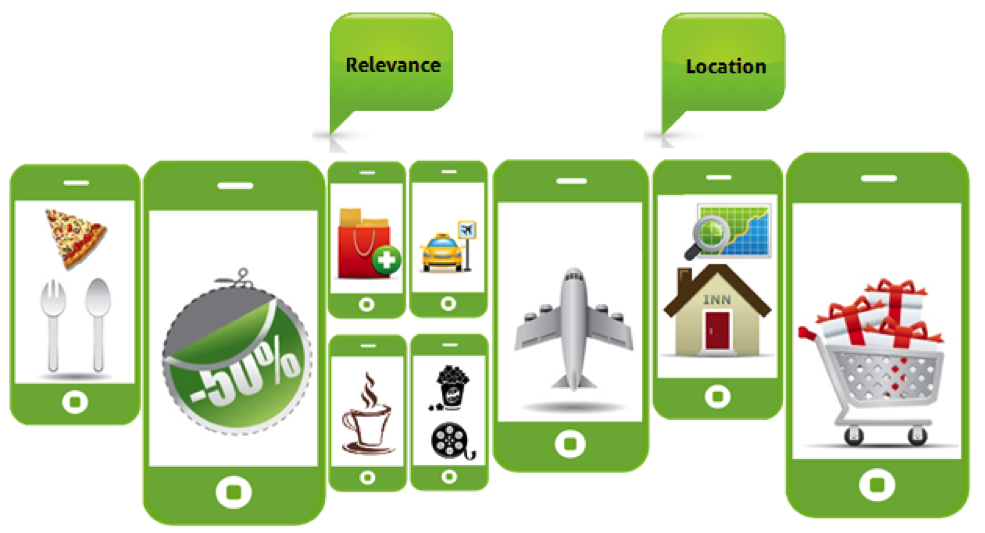
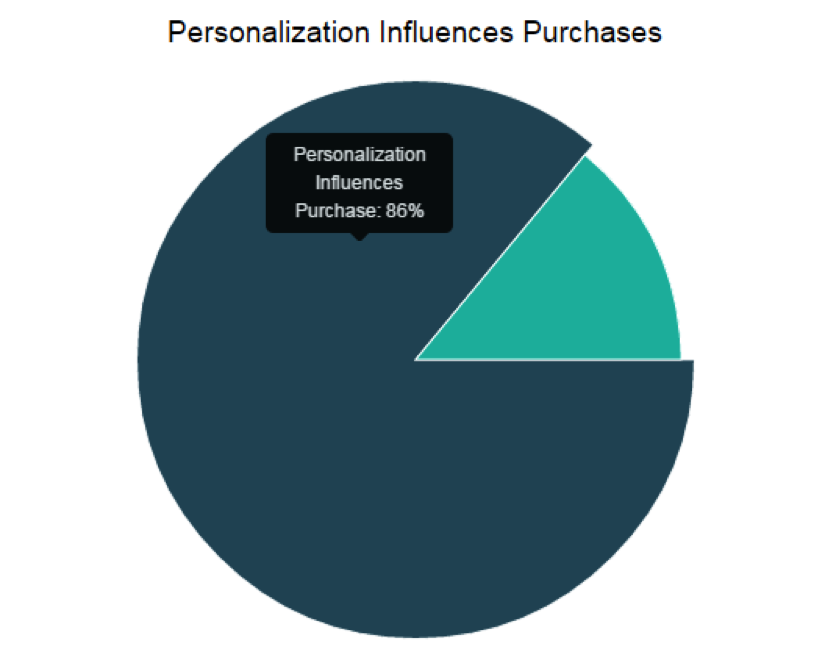


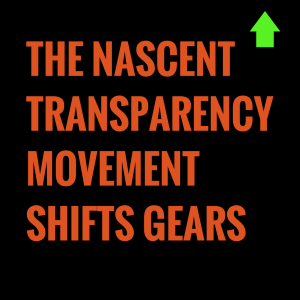 The transparency and sharing tradition carried over to iSPIRT. Nowadays, iSPIRT routinely shares the good, bad and ugly, often in the form of a “journeyline”, so that everybody in the ecosystem can learn from its experiences (see
The transparency and sharing tradition carried over to iSPIRT. Nowadays, iSPIRT routinely shares the good, bad and ugly, often in the form of a “journeyline”, so that everybody in the ecosystem can learn from its experiences (see 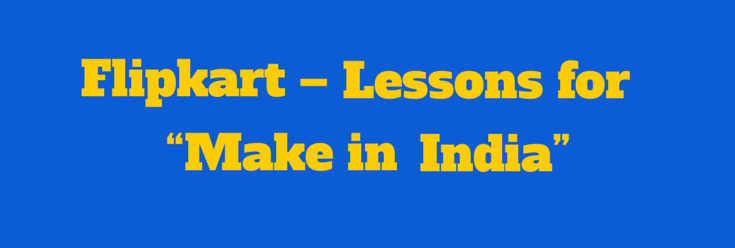
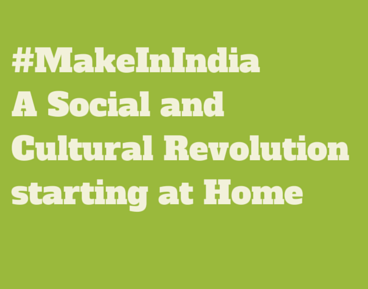 I feel “Make in India” must start in every home and in every primary school. Only if parents instill values, ethics, responsibility, respect for efforts, invest in developing comprehensive skills, environment awareness, and problem solving at a young age – the “Make in India” dream can become a reality. Parents and grandparents should go back to tell the stories that teach ethics and values in addition to kids growing up only watching Barbie’s, Ninja Hattori, and Harry Potter.
I feel “Make in India” must start in every home and in every primary school. Only if parents instill values, ethics, responsibility, respect for efforts, invest in developing comprehensive skills, environment awareness, and problem solving at a young age – the “Make in India” dream can become a reality. Parents and grandparents should go back to tell the stories that teach ethics and values in addition to kids growing up only watching Barbie’s, Ninja Hattori, and Harry Potter.
